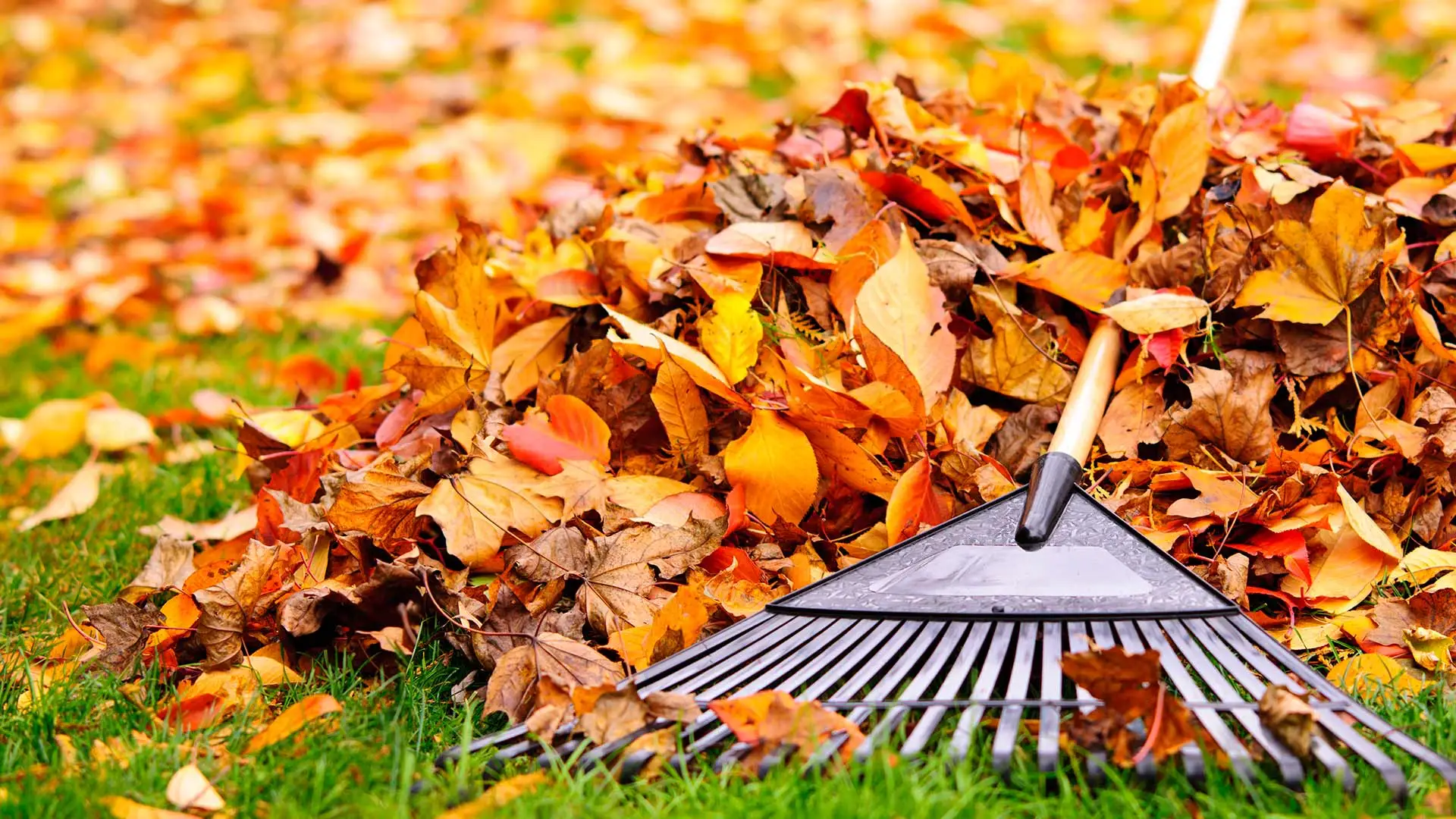Truth or Myth? Do Fall Leaves Really Give Your Lawn Nutrients?
Many environmentalists say leaves are beneficial for your lawn because they eventually decompose and add nutrients to your soil. While this isn't wrong, there is such a thing as too much of a good thing. Fall brings more than "just a few" leaves, especially here in the Edwardsville, IL area. Typically, our lawns are covered in leaves to the point where it is hard to see the grass.
A few leaves can certainly provide meaningful benefits for your grass. However, large leaf piles will only harm your lawn in the long run. That's because allowing leaves to fester on your lawn can block the sunlight, promote weed growth, attract pests, and invite lawn diseases. So, the answer is, yes, they can provide nutrients. However, if the leaves completely blanket your grass, this doesn't help your lawn.
In small numbers, leaves release nutrients to your lawn.
Are fall leaves a tad unsightly in an otherwise tidy lawn? They can take away from your property's natural aesthetic. However, since leaves do contain both nitrogen and phosphorous, a few fallen leaves could actually enrich your lawn by providing additional nutrients. Some even describe small numbers of fallen leaves as a form of natural fertilizer.
The challenge in relying on leaves to fertilize lawns in this area is we don't just get a few leaves; we get a lot of them. And not only are the leaves numerous in the fall, but they tend to accumulate very quickly. And while there's no definitive measure as to how many leaves are too many, the general rule of thumb is that if the leaf cover is so thick that you can't see the grass, that's too many.
Too many leaves on your lawn can smother your grass.
While a small number of leaves won't hurt your lawn, massive leaf piles are another story entirely. That's because when leaves sit and accumulate, they create a nearly impenetrable barrier between the sunlight, water, and your grass. And since they're not receiving a steady source of airflow, the leaves tend to get wet, soggy, and moldy. This barrier leads to several harmful effects:
- It attracts mold and fungus that thrive on moisture.
- It transforms leaf piles into a breeding ground for lawn disease.
- It invites insects and other pests looking for new hideouts.
If this is the situation you happen to find your lawn in this fall, the consensus among many lawn maintenance professionals is you want to avoid letting these leaves sit on your grass beyond three days. The best way to ensure excess leaves don't harm your lawn is to have a landscape maintenance company remove the fallen leaves.
Some lawn maintenance professionals can mulch the leaves after blowing them, so your lawn still benefits from the nutrients.
Improve your lawn's health and curb appeal with our fall leaf removal service. Call us today to get started!
A few leaves could help add additional nutrients to your lawn. But knowing the volume of leaves that will fall between now and winter, we wouldn't advise skipping leaf removal this year. Clearing the leaves is the way to go as it allows your lawn to take in more sunlight and naturally process nature's nutrients while improving curb appeal. So, don't overwhelm yourself or your lawn with blankets of leaves this fall; turn to a leaf removal partner you can trust.
We help property owners in Edwardsville, Glen Carbon, Bethalto, and nearby areas in Illinois achieve a clean lawn with our leaf removal service. You can count on us to get rid of those leaf piles and leave your lawn beautiful and healthy. Contact us today at (618) 374-0010 to schedule our fall leaf removal service.



Comments (0)
Thanks for your comment!
Thanks for your feedback! Your comments have been successfully submitted! Please note, all comments require admin approval prior to display.
Error submitting comment!
There is a problem with your comment, please see below and try again.